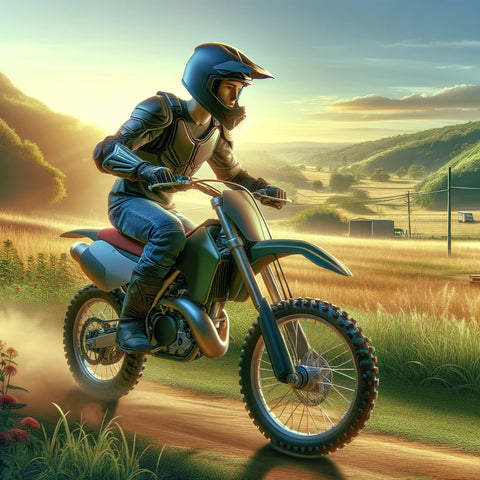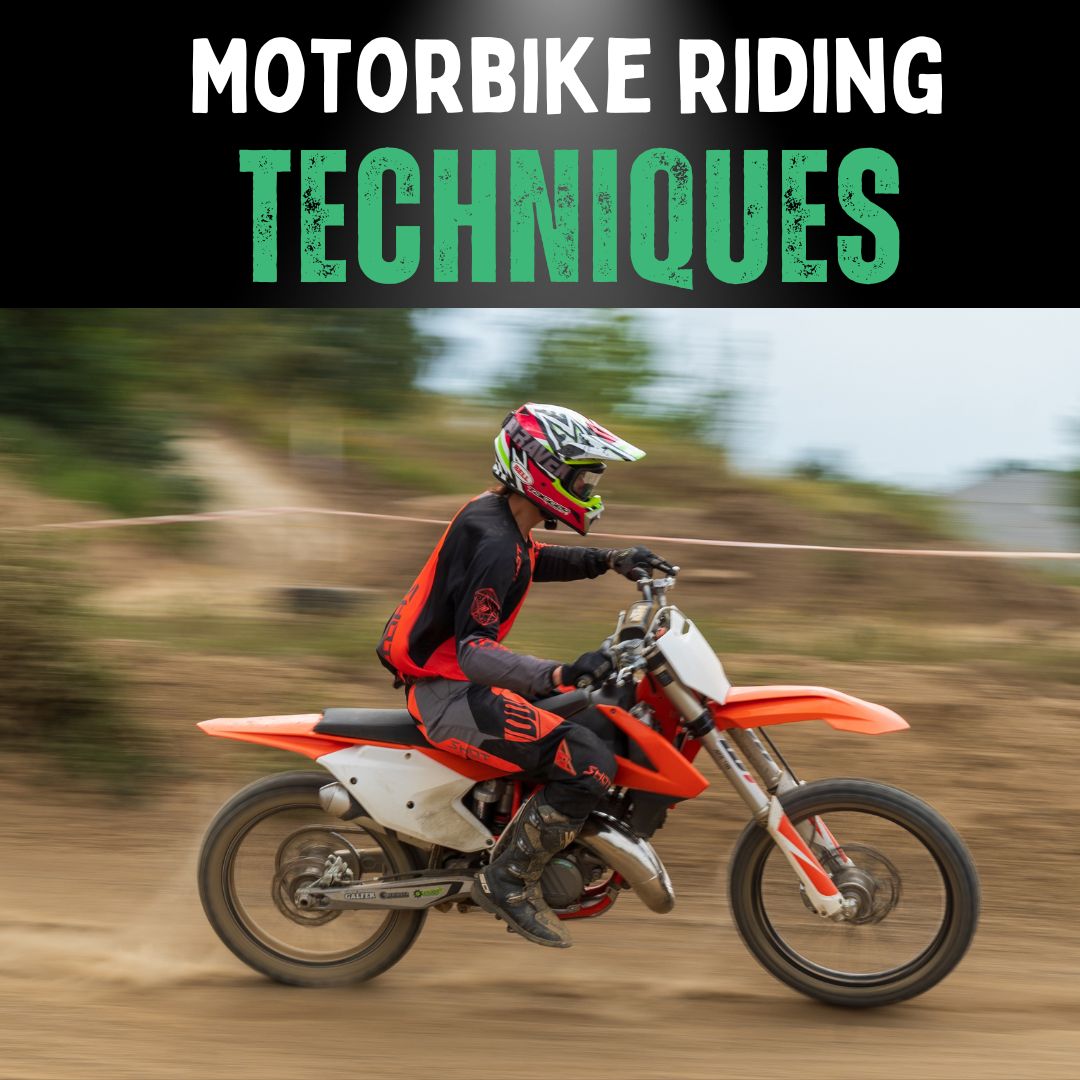
Updated: 25.4.25
Introducing children to motorbike riding blends the excitement of adventure with the critical importance of safety. For parents and guardians, guiding young riders from their first experience to mastering advanced techniques is both rewarding and essential.
This comprehensive guide offers a safe, enjoyable, and skill-building path into motorbike riding for kids aged 4 to 12. We’ll explore choosing the right bike, teaching fundamental skills, and the importance of safety gear and road awareness. The focus? Helping your child become a skilled and responsible rider.
Safety Precautions: Laying the Foundation
Essential Safety Gear

Before getting started, make sure your child is equipped with a helmet, gloves, and proper protective clothing. This gear isn't optional—it’s essential for their protection and confidence.
Adult Supervision Matters
Learning to ride should always take place under adult supervision. Active involvement helps ensure kids are learning correct techniques in a safe, structured way.
Structured Training Programs
Why Programs Work
Programs like the Motorcycle Safety Foundation’s DirtBike School offer controlled environments for children to learn safely while having fun. These sessions provide structured, hands-on instruction from professionals.
Basic Riding Techniques for Kids

Mounting, Starting, and Stopping
Teach your child how to mount and dismount safely. Once on the bike, they should learn how to start and stop smoothly—core skills that boost both safety and confidence.
Turning and Balance
Turning is more than steering—kids must learn how to lean and control their body. Balance bikes or training wheels can help develop core coordination before moving to full motorbikes.
Clutch, Throttle, and Brake Control
As your child progresses, teach them how to manage the throttle, clutch, and brake. Controlled speed and smooth braking are crucial to safe riding.
Traffic Awareness
Eventually, they’ll need to learn defensive riding and road awareness. Introduce basic traffic rules and explain how to ride responsibly among other vehicles and pedestrians.
Teaching Balance the Right Way
Balance Techniques
Use balance bikes or low-speed practice sessions to help children learn proper posture and weight distribution. Encourage steady progress without rushing the process.
Support and Encouragement
Stay involved and positive. Your encouragement helps kids feel secure and willing to try new techniques.
Introducing Real-World Conditions
Gradually expose your child to different terrain and weather to build adaptability:
- Controlled Variances: Transition from smooth surfaces to gentle dirt paths.
- Weather Practice: Let them ride in light rain to understand wet conditions.
- New Challenges: Add obstacles or slopes to expand their skills.
- Reflect and Learn: After each session, discuss what went well and what felt different.
Common Teaching Mistakes to Avoid
Skipping Safety Gear
Never overlook safety gear. Helmets, gloves, boots, and jackets with padding are non-negotiable.
Lack of Supervision
Always be present when your child is riding. Engage in their progress and provide timely feedback.
Overloading Instructions
Stick to one new skill at a time. Overwhelming your child can result in confusion or frustration.
Being Impatient
Progress comes in steps. Stay patient, celebrate small wins, and treat mistakes as opportunities to improve.
Skipping Traffic Education
Even in safe environments, begin teaching basic road safety early. Understanding right-of-way and hazard awareness are lifelong skills.
Conclusion
Teaching children advanced motorbike skills isn’t just about speed and handling. It’s about building discipline, safety awareness, and a lifelong appreciation for riding. With the right guidance, gear, and mindset, your young rider can grow into a confident, responsible motorcyclist—one thrilling ride at a time.
Frequently Asked Questions
What age is appropriate to start advanced motorbike techniques?
Most children are ready around ages 7–10, depending on physical coordination and their comfort with basic riding skills.
How do I know if my child is ready to advance?
If they show consistent control, confidence, and awareness while riding, they may be ready to move to more advanced techniques.
What safety gear is essential?
A certified helmet, padded gloves, motorcycle jacket and trousers, and ankle-high boots are the minimum. Consider chest and back protectors for off-road training.
How often should kids practice?
Weekly sessions with focused, skill-specific drills are ideal. The goal is quality over quantity—always keep sessions fun and positive.
Get in Touch
Loved our article on Advanced Motorbike Riding Techniques for Kids? Want to explore more ride-on fun?
Visit us at RiiRoo.com or hop on Live Chat—we’re always happy to help!





Share:
UK Motorbike Events for Kids
Upgrading from Beginner to Intermediate Kids Motorbikes